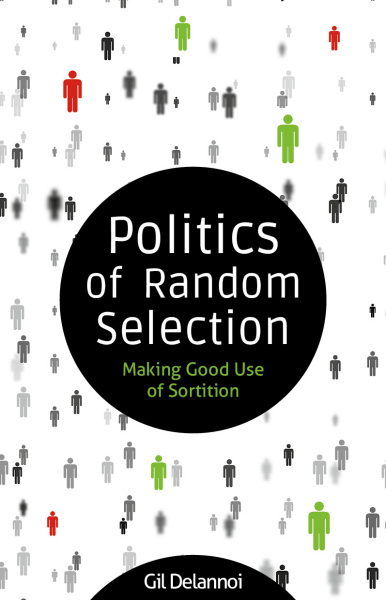What should you do when you have decided to use the drawing of lots in a procedure? What practical questions arise? What options are available? What will the details be? What advantages and disadvantages should we expect from each option? What are the risks to know and the precautions to take?
The literature on sortition consists of three main genres: monographs, arguments for and against, and history of the procedure in one or more dimensions. This book stands a little apart from this framework. Its method is largely deductive and theoretical in reasoning. It has a practical purpose which is aimed at specialists as well as naïve users and interested parties: precise enough to satisfy an informed public and simple enough to be accessible to citizens and practitioners.
Gil Delannoi begins with a general theory of political procedures and its relations with the typology of political regimes. Sortitive democracy is also studied as a third type distinct from the representative and direct types. Sortition is analysed through its main uses, effects, and objectives. Several detailed potential uses are proposed to political actors at the end of the book.
Treating procedures like delicate flowers or rare birds is far from superfluous. To forget this aspect is to stick to generalities, to ignore crucial details.


